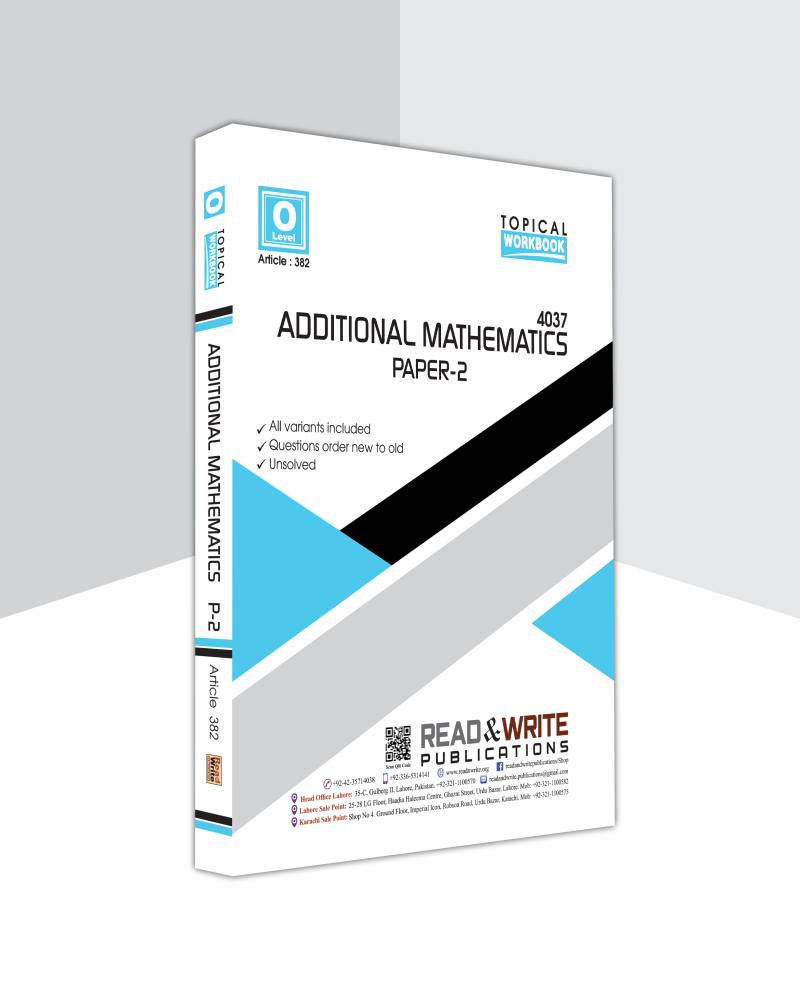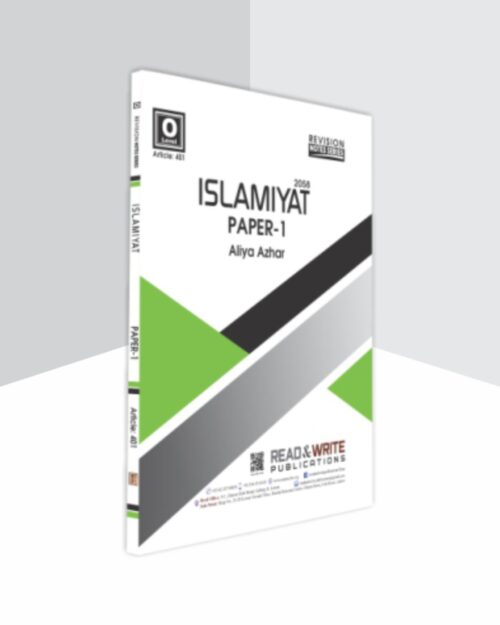Description
The 382 Add Mathematics O Level Paper-2 Topical Workbook, authored by the Editorial Board, is a highly beneficial book designed to aid students in their preparation for the O Level Additional Mathematics Paper 2 exam. With its extensive coverage of various topics, including trigonometry, coordinate geometry, and calculus, this workbook serves as an excellent resource for comprehensive exam readiness.
Key Features:
1. Comprehensive Syllabus Coverage: The workbook encompasses all the topics outlined in the O Level Additional Mathematics Paper 2 syllabus, providing students with a thorough understanding of the required content for the exam.
2. Clarity and Conciseness: The workbook presents the material in a clear and concise manner, facilitating easy comprehension for students. Complex concepts are explained in a simplified way to enhance understanding.
3. Extensive Explanations and Varied Practice Questions: The workbook offers detailed explanations for each topic, enabling students to develop a strong conceptual foundation. Additionally, it provides a diverse range of practice questions that challenge students while maintaining fairness, allowing them to assess their knowledge and readiness for the exam.
4. Authored by Experienced Educators: The workbook is authored by a team of seasoned educators with expertise in the subject. Their wealth of experience ensures the reliability and accuracy of the content, making it a trusted resource for students.
The 382 Add Mathematics O Level Paper-2 Topical Workbook is an indispensable tool for students preparing for the O Level Additional Mathematics Paper 2 exam. Its comprehensive coverage, concise explanations, and thought-provoking practice questions make it an invaluable asset for achieving optimal results.
Topics Covered in the Book:
1. Trigonometry: Covers trigonometric functions, identities, equations, and their applications.
2. Coordinate Geometry: Focuses on lines, curves, and geometric properties using coordinate systems.
3. Calculus: Explores differentiation, integration techniques, applications of calculus, and fundamental concepts of rates of change.
4. Sequences and Series: Includes arithmetic and geometric progressions, as well as their applications and summations.
5. Probability and Statistics: Encompasses probability theory, statistical analysis, and interpretation of data.
The workbook also features supplementary appendices that provide additional information on mathematical notation, formulae, and useful resources.






Reviews
There are no reviews yet.